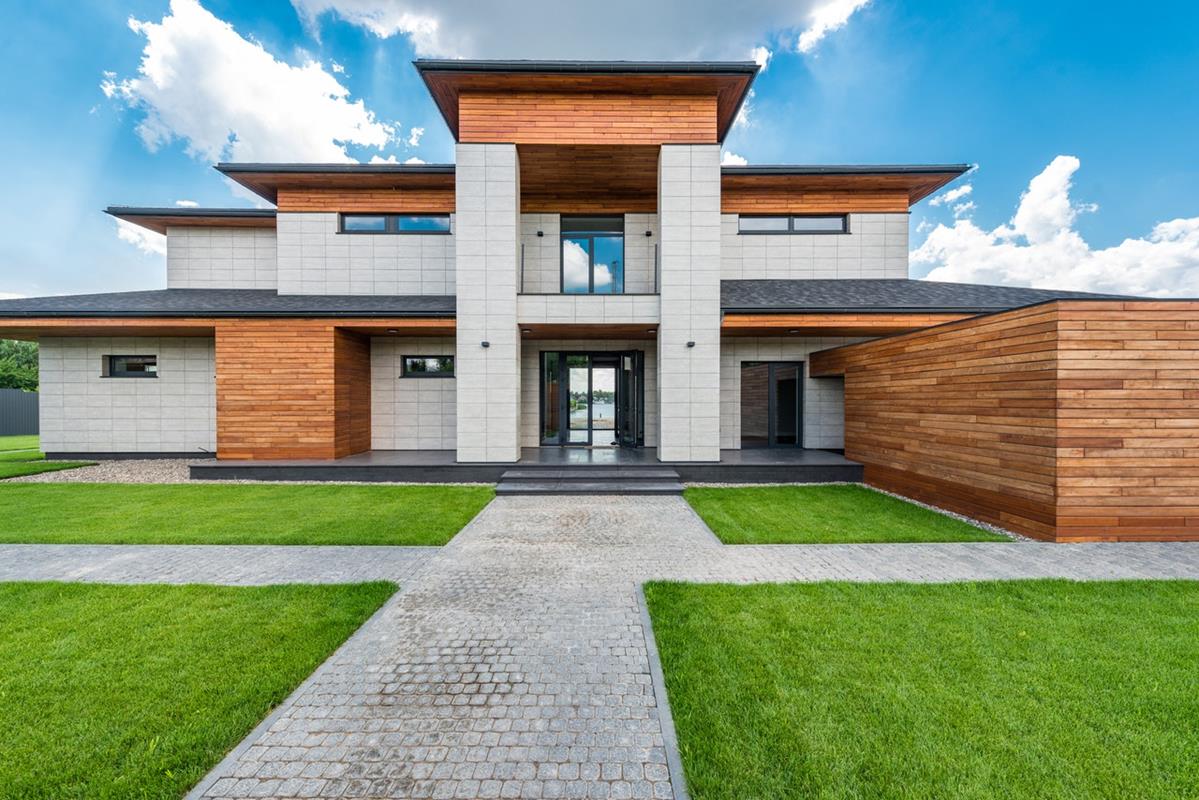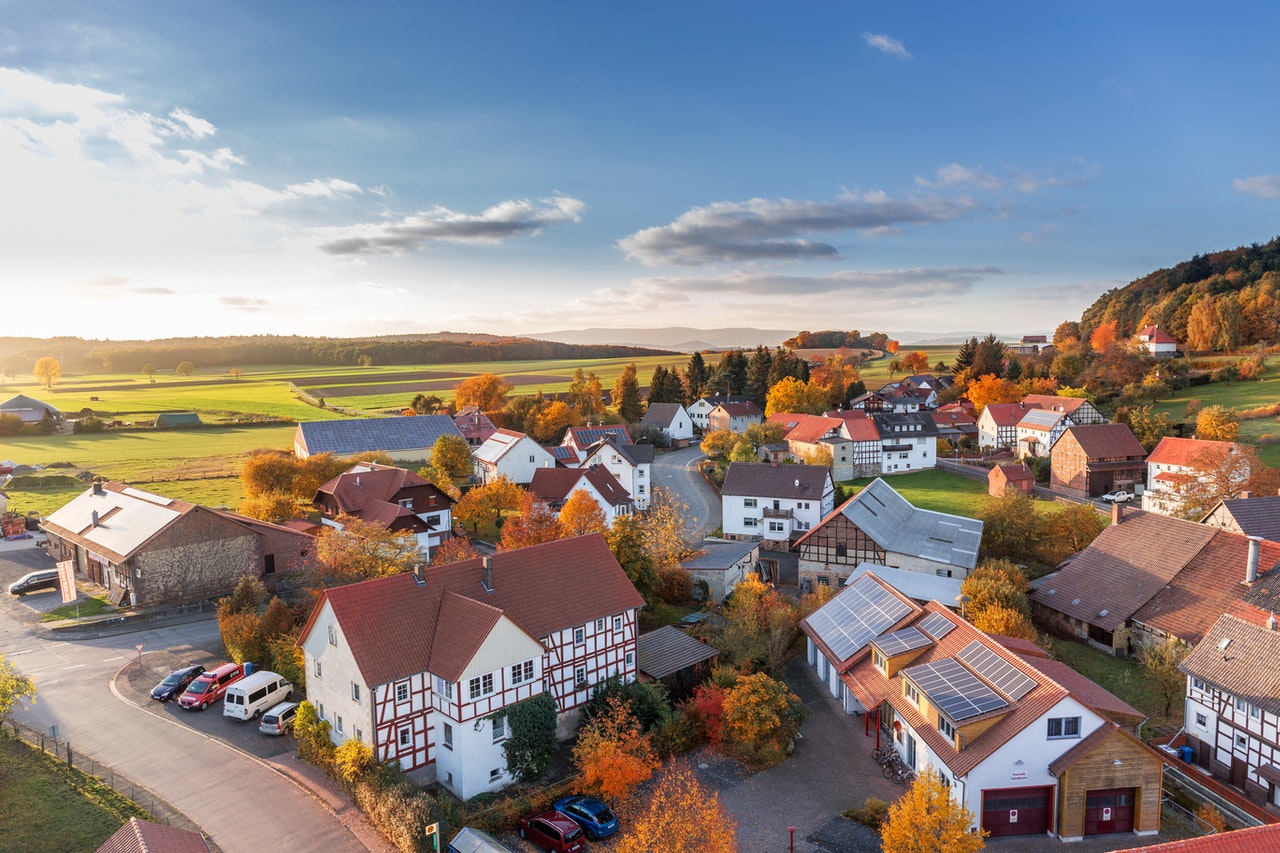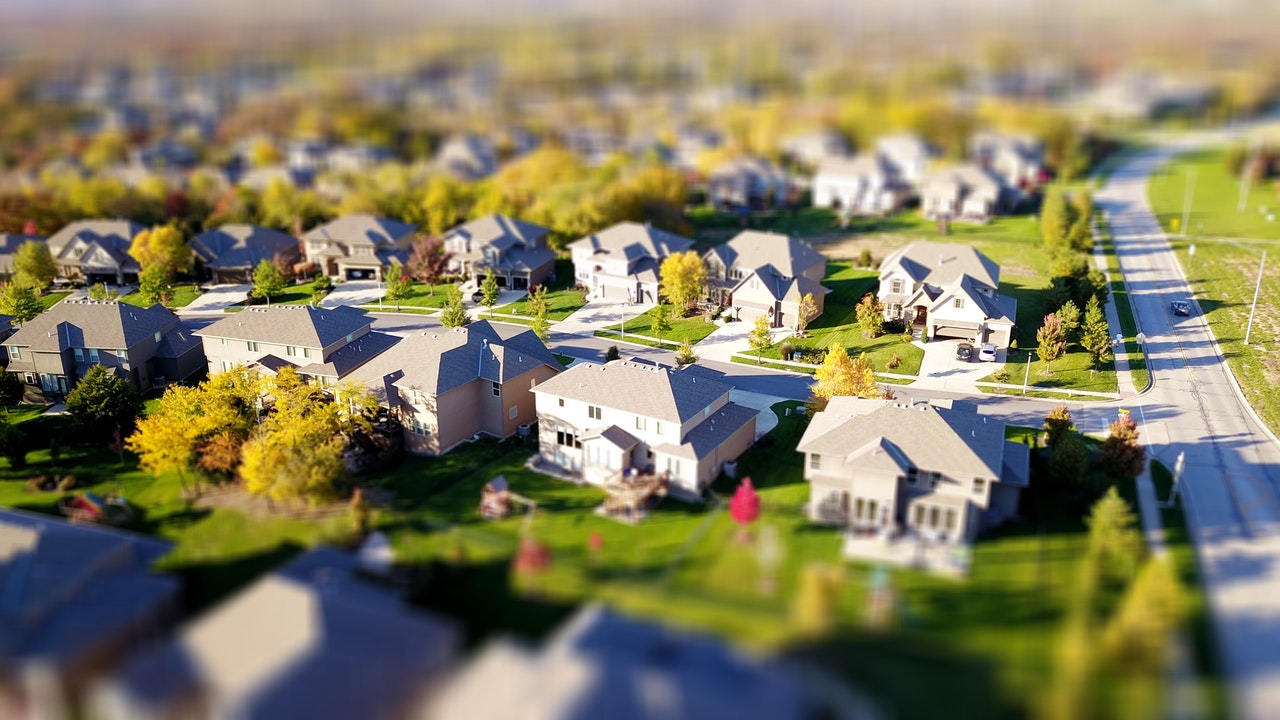When it comes to plastering a home, selecting the right materials is crucial for ensuring a durable and aesthetically pleasing finish. Both internal and external plastering require thoughtful consideration of factors such as weather conditions, surface type, and the desired appearance. Understanding the differences between various plastering materials can help homeowners make informed choices that enhance the longevity and appeal of their property.
Selecting Materials for Internal Plastering
Internal plastering focuses on creating smooth and polished walls within the home. Common materials for this purpose include gypsum plaster, lime plaster, and cement plaster. Gypsum plaster is highly favored for its quick setting time and superior finish. It provides a smooth surface that is perfect for painting and decorating. Additionally, gypsum plaster is lightweight and offers excellent thermal insulation.
Lime plaster, on the other hand, is valued for its breathability and natural anti-microbial properties. It is ideal for heritage properties or homes that prioritize eco-friendly solutions. Cement plaster is another reliable option, known for its durability and affordability. However, it may require additional finishing layers to achieve the desired smoothness.
Choosing the right internal plastering material depends on the specific requirements of the space, budget constraints, and aesthetic preferences. It is important to work with a skilled professional who can recommend the best solution based on these factors.
Choosing Materials for External Plastering
External plastering, also known as house rendering, plays a critical role in protecting a building from weather elements while enhancing its visual appeal. One of the most popular materials for this purpose is silicone render. Silicone renders are highly flexible and weather-resistant, making them ideal for external applications. They provide a durable finish that resists cracking, even in areas with fluctuating temperatures.
Silicone render is also valued for its self-cleaning properties. It repels dirt and water, ensuring that the exterior remains clean and vibrant over time. This makes it a low-maintenance solution for modern homes. Additionally, silicone render comes in a wide variety of colors, allowing homeowners to customize the look of their property to match their design preferences.
Cement render and acrylic render are also common options for external plastering. Cement render is cost-effective and offers a traditional look, but it may require regular maintenance to prevent cracks. Acrylic render is known for its versatility and ability to adhere to various surfaces, making it a practical choice for complex architectural designs.
Making the Right Choice
When selecting materials for both internal and external plastering, it is essential to consider factors such as durability, weather resistance, and aesthetic appeal. Silicone render stands out as a top choice for external plastering due to its superior performance and customizable options. For internal plastering, gypsum and lime plaster offer excellent solutions depending on the specific needs of the space.
Consulting with professional plasterers can ensure that homeowners choose the best materials to achieve a beautiful and long-lasting finish for their property.


